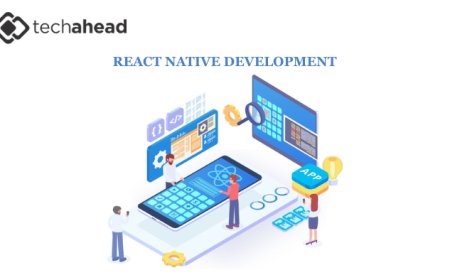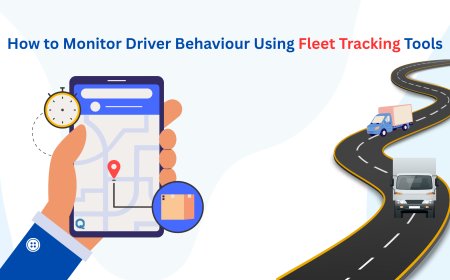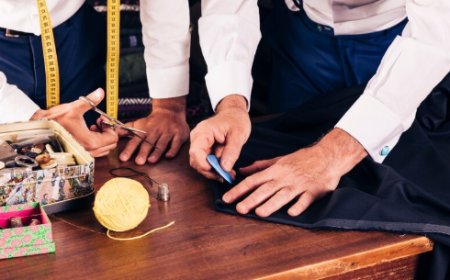Craft Meets Code: A New Era of Embroidery Digitizing
Embroidery digitizing is no longer just for experts. With AI, intuitive software, and smarter machines, we’re entering an era where anyone can turn inspiration into stitches—faster, easier, and with more creative freedom than ever before.

Embroidery has always been a beautiful marriage of art and technique, but today, its also becoming a playground for technology. Gone are the days when digitizing a design required hours of manual plotting and guesswork. In 2024, were witnessing a revolution where artificial intelligence, intuitive software, and smart machines are transforming how we turn ideas into stitches. Whether you're a hobbyist, a small business owner, or just someone who loves the idea of blending tradition with innovation, this new era ofembroidery digitizing has something exciting to offer.
The Old Way vs. The New Way
Not long ago, digitizing an embroidery design was a tedious, highly technical process. You needed expensive software, a deep understanding of stitch types, and a lot of patience to manually plot every point where the needle should go. Even then, the results werent guaranteedtoo many variables like fabric type, thread tension, and machine settings could turn a beautiful design into a tangled mess.
Fast forward to today, and the game has completely changed. AI-powered tools can analyze an image, suggest optimal stitch paths, and even predict how the design will behave on different fabrics. Cloud-based platforms allow you to digitize on the go, and machine learning helps refine designs based on real-world stitching results. Its like having a digital embroidery assistant that learns as you go.
How AI is Changing the Game
Artificial intelligence isnt just a buzzword in embroideryits solving real problems. Takeauto-digitizing, for example. Early versions of this feature were hit or miss, often producing clunky, inefficient stitch patterns. But the latest AI-driven tools can now:
- Detect edges and shapeswith near-human accuracy
- Recommend stitch types(fill, satin, or running) based on the designs complexity
- Adjust density automaticallyto prevent puckering or thread breaks
- Optimize thread pathsto minimize jumps and trims
I recently tested a beta version of a new AI digitizer that could convert a hand-drawn sketch into a clean embroidery file in under two minutes. The software even suggested where to add underlay stitches for better stabilitysomething that used to take me multiple test runs to figure out.
The Rise of No-Fuss Digitizing for Beginners
One of the most exciting shifts in embroidery digitizing is how accessible its become. You no longer need a degree in graphic design or a $1,000 software package to get started. Platforms likeStitchBuddy AIandEmbrilliance Expressnow offer:
- One-click conversionsfor simple designs
- Guided workflowsthat explain each step
- Built-in tutorialsfor troubleshooting
- Mobile compatibility, so you can tweak designs from your phone
I taught a friend with zero embroidery experience how to digitize her logo using one of these tools. Within an hour, she had a working file ready for her machine. That kind of quick learning curve was unheard of just a few years ago.
Smart Machines That Adapt to Your Designs
Modern embroidery machines are getting smarter, too. Many now come withbuilt-in digitizing assistantsthat can:
- Auto-correct minor errorsin stitch placement
- Adjust tension on the flybased on fabric feedback
- Suggest thread changeswhen colors dont match perfectly
Some high-end models even usereal-time scanningto detect fabric stretch and compensate for it mid-stitch. Its like having a co-pilot who ensures every project turns out right the first time.
The Best of Both Worlds: When to Use Tech vs. Human Touch
As impressive as these advancements are, they havent made human skill obsoletetheyve just shifted the focus. Heres where technology shines (and where you might still want a hands-on approach):
?Use AI for:
- Quick drafts of simple designs
- Auto-optimizing stitch paths
- Batch processing multiple files
- Learning the basics of density and underlay
?Go manual for:
- Complex, detailed artwork
- Fine-tuning textures (like fur or hair)
- Customizing designs for specialty fabrics
- Adding artistic flair that algorithms cant replicate
The sweet spot? Let AI handle the grunt work, then step in to add your personal touch.
Whats Next? The Future of Embroidery Digitizing
If you think todays tech is impressive, wait until you see whats coming. Heres whats on the horizon:
- Augmented reality previews Hold your phone over fabric and see how the design will look stitched before you start.
- Voice-controlled editing Hey software, make this area a satin stitch with 0.4mm density.
- Blockchain for designs Protect your custom patterns with digital ownership tracking.
- 3D stitch modeling Simulate how embroidery will look on curved surfaces like hats or bags.
One developer even showed me a prototype that useshaptic feedbackto let you feel the stitch texture on a touchscreen before sewing.
Why This Matters for Crafters and Businesses
This isnt just about cool gadgetsits aboutsaving time, reducing waste, and unlocking creativity. Small business owners can now prototype designs in minutes instead of days. Hobbyists can experiment without fear of costly mistakes. Artists can push boundaries with techniques that were once too complex to digitize manually.
A recent client of mine, a small apparel brand, cut their production time in half by switching to AI-assisted digitizing. Theyre now experimenting with designs they previously thought were too complicated for embroidery.
How to Dive Into This New Era
Ready to explore modern digitizing? Heres how to start:
- Try a free AI tool(like Ink/Stitch or a trial of StitchBuddy) to get a feel for auto-digitizing.
- Play with presetsin your embroidery softwaremany now have fabric-specific defaults.
- Join online communitieswhere digitizers share tips on blending tech with traditional techniques.
- Dont fear mistakestodays undo buttons and auto-correct features make learning painless.
The Bottom Line
Embroidery digitizing is no longer just for experts. With AI, intuitive software, and smarter machines, were entering an era whereanyone can turn inspiration into stitchesfaster, easier, and with more creative freedom than ever before.
The thread that ties it all together? Technology isnt replacing craftsmanship; its giving us new tools to express it. Whether youre stitching your first design or your thousandth, theres never been a better time to explore whats possible.
Now, what will you create









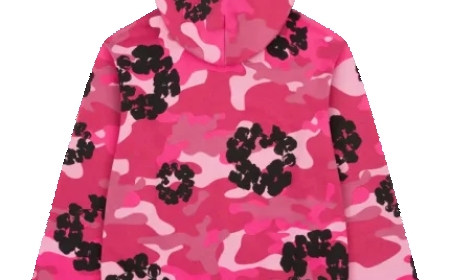

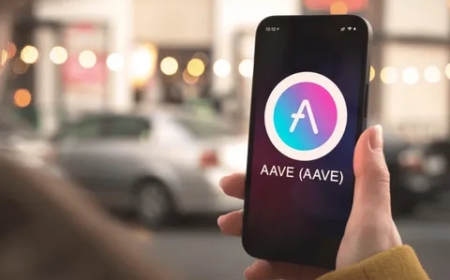









![Top 11 Real Estate Mobile App Developers in Riyadh, Saudi Arabia [2025 Edition]](https://www.philadelphialivenews.com/uploads/images/202506/image_430x256_68621a9e48997.jpg)


